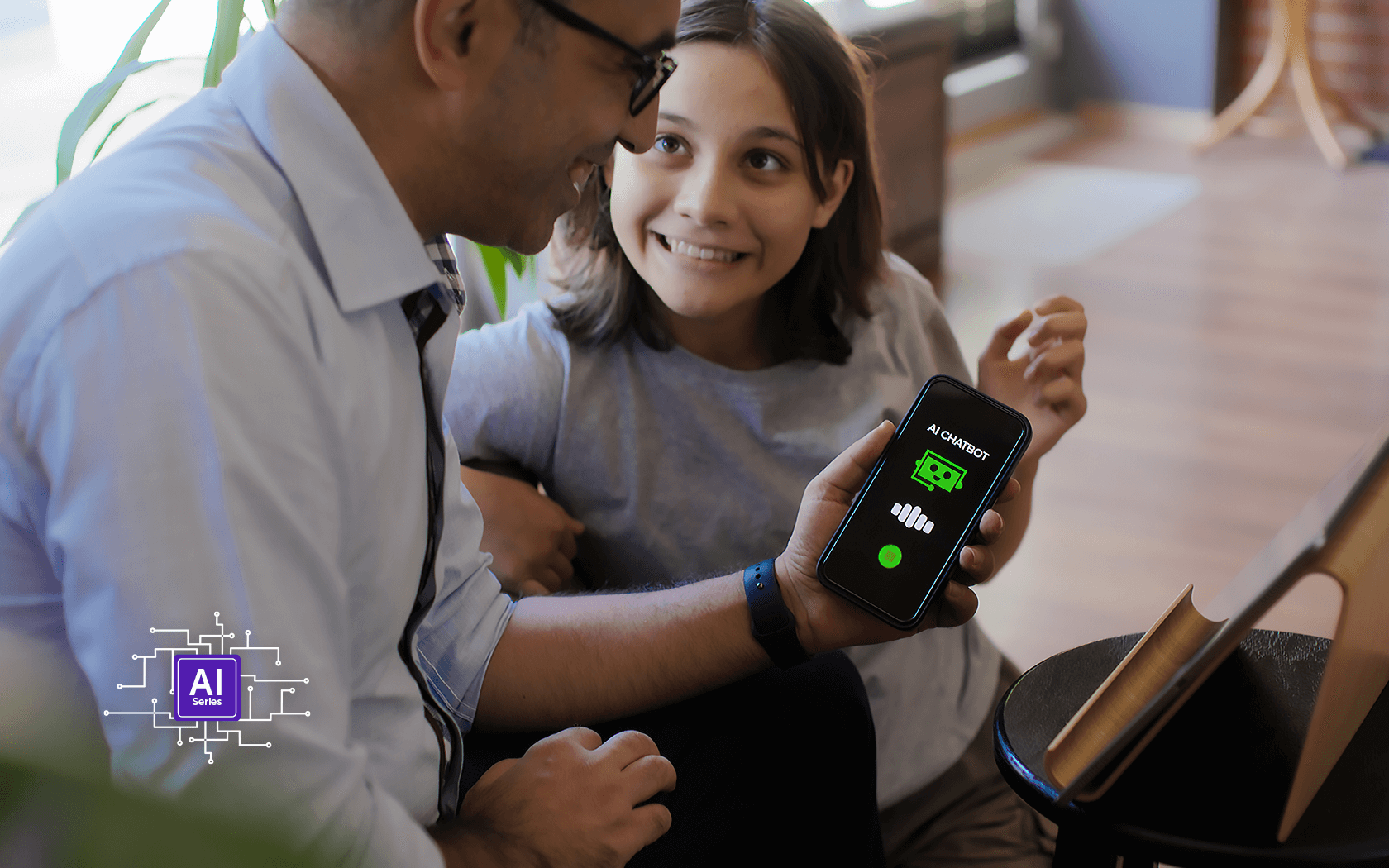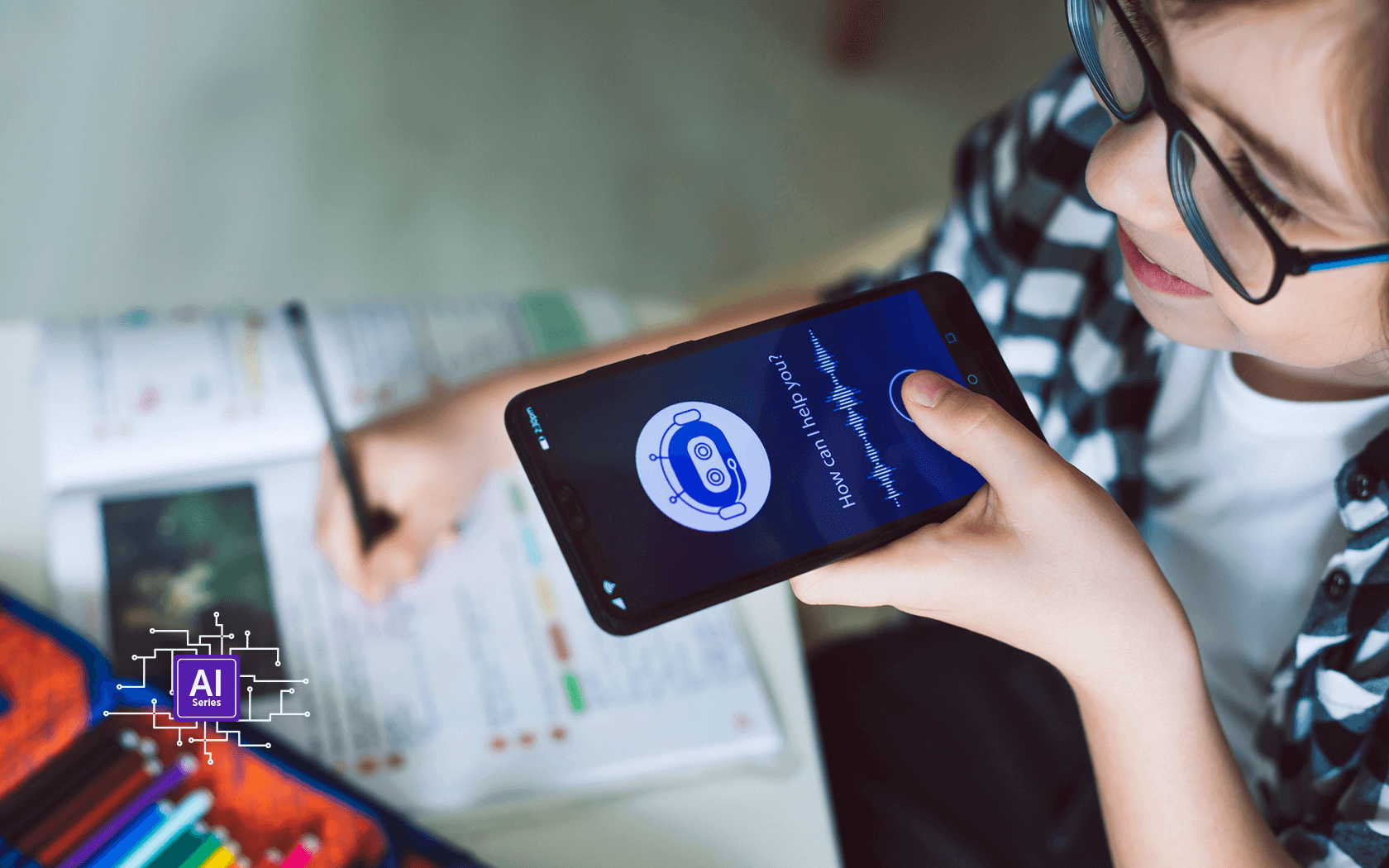ChatGPT. Claude. Gemini. Maybe even DALL·E or Midjourney.
You’ve probably heard these names floating around. Maybe you’ve used one to help with a work project, or your child has played with an AI art generator for fun. But behind every AI tool is something most of us haven’t really been taught to think about: the model.
And understanding what an AI model is? That’s one of the most important steps in helping your family navigate the digital world safely.
{{subscribe-form}}
Meet the models: a few you’ve already encountered
Even if the term “AI model” feels abstract, you’ve probably already used—or seen—one in action. Here are a few common ones, and what they actually do:
GPT-4 (used by ChatGPT) is a multi-modal model that can generate text, answer research questions and even create images based on prompts. Families often use it for things like homework help, storytelling, coming up with recipes or finding quick facts.
Claude by Anthropic is a conversation-focused model. It’s designed to be thoughtful and friendly, but its casual, quasi-human style might confuse younger kids into thinking it’s a person.
DALL·E, developed by OpenAI, transforms written prompts into digital images. With parental oversight, it can be a fun tool for creative projects, drawing prompts or bringing kids’ imaginative ideas to life.
Midjourney is another AI image generator, but it’s especially known for its unique visual style. It’s often used to create fantasy-inspired art or illustrations for books and games.
Gemini from Google is a multi-modal model like GPT-4. It can handle both text and image tasks and is often used for educational chats, learning tools or interactive help.
LLaMA and Mistral are open-source models, typically used in smaller or private apps. You might not interact with them directly, but they could be powering features in toys, games or educational tools behind the scenes.
Each of these tools looks different on the outside, but under the hood, it’s the model doing the work. That’s the part that actually learned how to answer questions, generate images or chat like a person.
So… what exactly is a model?
What is an AI model?
Think of an AI model as the ****brain behind the operations. It’s not the whole app, but it’s the part that learned how to do something.
If the app is a chatbot or drawing tool, the model is the intelligence behind it. It’s the trained system that powers the responses, the creativity, the logic.
Imagine you’re teaching a kid to recognize animals. You show them a hundred pictures of cats and say “cat” each time. Eventually, they don’t just memorize pictures, they understand the idea of a cat. That’s how a model works: by seeing lots of examples during training, it learns patterns it can apply to new prompts.
The result? A digital brain that can write poems, solve math problems, generate art or even play therapist—all with varying degrees of success or danger.
How models learn: not magic, just data
Let’s break it down.
AI models are built by feeding huge amounts of data—like text, images, code or videos—into a training process. During training, the system looks for patterns in the data. How words tend to follow one another. What shapes make up a dog. How a math problem is usually solved.
But here’s the key: models don’t memorize facts like we do. They don’t know anything in a human sense. Instead, they predict what comes next based on patterns they’ve seen.
So when your child types, “Tell me a story about a space pirate,” the model doesn’t search the internet for an answer. It generates one—on the fly—based on everything it’s learned.
It’s like a kid who’s read a thousand books, then makes up their own.
Why this matters for families
Here’s where it gets personal. The AI model underneath the app shapes everything your child experiences when they use it, including what might go wrong.
Content & tone
Some AI models are trained on vast amounts of data from the open internet, including forums, comment sections and social media threads. That means they’ve seen it all: the good, the bad and the wildly inappropriate. And if those models aren’t carefully filtered or tuned, that messiness can show up in how they talk to your child. Sometimes it’s obvious—like a chatbot using language that’s clearly not safe for kids. But more often, it’s the tone that feels off. Maybe the AI is overly flattering, endlessly agreeable or speaks in a way that feels like it's trying too hard to be a friend.
Accuracy
AI models sometimes “hallucinate”—that’s the technical term for when they confidently make something up. Not just a small error or typo, but a completely fictional answer stated as if it’s true. For example, your child asks, “Who invented the lightbulb?” and the AI responds, “It was Thomas Franklin in 1840,” which sounds plausible but is completely incorrect.
This happens because AI models don’t “know” facts the way humans do. They’re not checking a database or looking up real information, they’re generating responses based on patterns. If those patterns point in the wrong direction, the result can be total fiction dressed up as truth.
Bias
AI models reflect the data they’re trained on—all of it. That includes books, websites, conversations, comments and social media. If the training data includes biased language, stereotypes or toxic content, the model can learn those patterns and reproduce them, sometimes subtly, sometimes not. This means that even when an AI doesn’t intend to be harmful (because it has no intent at all), it can still generate biased or unfair responses.
Privacy
Some AI models continue learning even after they’ve been released into the world. This is called post-deployment training or fine-tuning, ****and it means that the system is using real user interactions to improve itself over time. In some cases, that might sound helpful. After all, learning from real conversations could make the AI smarter, right? But when it comes to kids, this raises serious privacy concerns. If the tool is collecting your child’s prompts—or worse, their personal information—it could be storing sensitive data to improve the model.
What parents can ask
You don’t need a PhD to navigate this. Here are some simple questions you can ask about any AI tool your child is using:
- What model is this tool based on?
- Does the tool collect or store what my child types?
- Are there filters to block inappropriate responses?
- Is the model designed for education, creativity or just open-ended chat?
Even if the answers aren’t front and center, asking these questions shows that you’re tuned in—and can help you steer toward tools built with families in mind.
The bottom line: the model is the message
When your child interacts with an AI tool, what they see is just the surface. Underneath is the model—the brain that’s shaping what they hear, how they learn and how they feel while using it.
Not all models are designed the same way. Some are safer. Some are smarter. Others… not so much. And that’s why this matters: because behind every story, image or answer your child sees, there’s a model shaping it.
The more we understand what’s under the hood, the more confident we’ll feel guiding our families through the AI age, one smart question at a time.
{{messenger-cta}}



























